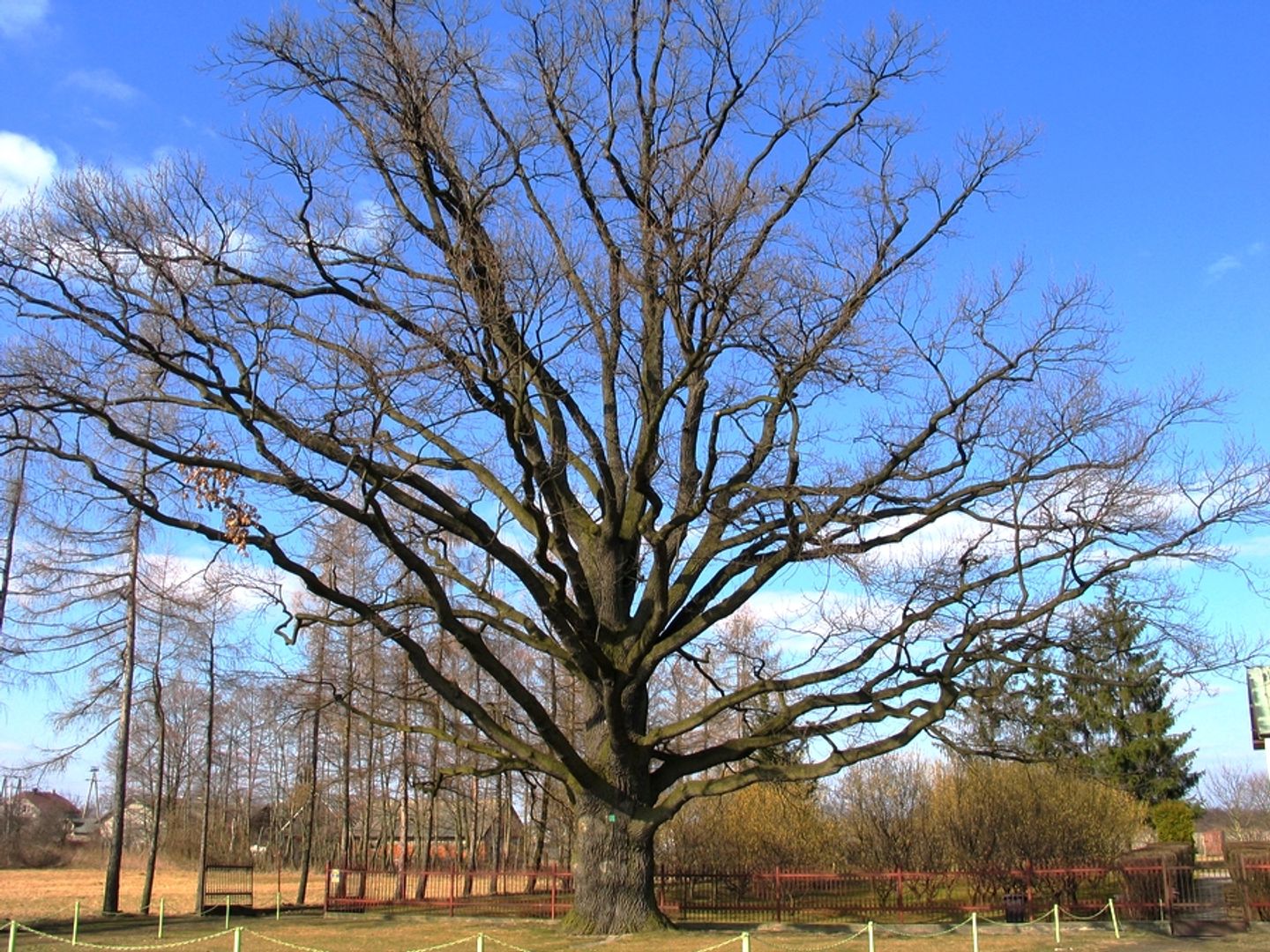Kampinos
6.06

Overview
Kampinos is a village in the Masovian Voivodeship, located 42 km from Warsaw, known for its rich history and proximity to Kampinos National Park. The first mentions of the locality, which was once a town, date back to 1377. Kampinos obtained town rights in 1414, and in 1579 it was degraded to the status of a village. An important element of the local culture is the Parish of the Assumption of the Blessed Virgin Mary, which belongs to the Archdiocese of Warsaw. Kampinos is also the site of many historical events. In the 18th century, it was owned by various prominent representatives of the aristocracy, including Chancellor Jan Szembek and Hetman Franciszek Ksawery Branicki. During World War II, the village became an arena of resistance activities, and its inhabitants showed great courage, for which in 1968 Kampinos was awarded the Grunwald Cross III Class. The monuments in Kampinos include a wooden church from the 18th/19th century, a rectory from the second half of the 19th century, and an 18th-century manor complex surrounded by a park. An interesting fact are the natural monuments, including two pedunculate oaks that were named by the Primate of Poland, Cardinal Józef Glemp. The locality also offers tourist attractions, such as the wooden church on the Local Trail of the West Warsaw County and various tourist trails that attract nature and history enthusiasts. Kampinos strives to attract investors and tourists to restore its former importance as a local tourist center.
Location
City
Blonie Deanery
Tertiary Administrative Division
Kampinos
County
Warsaw West County
State
Masovian Voivodeship
Country
2025 Wizytor | All Rights Reserved